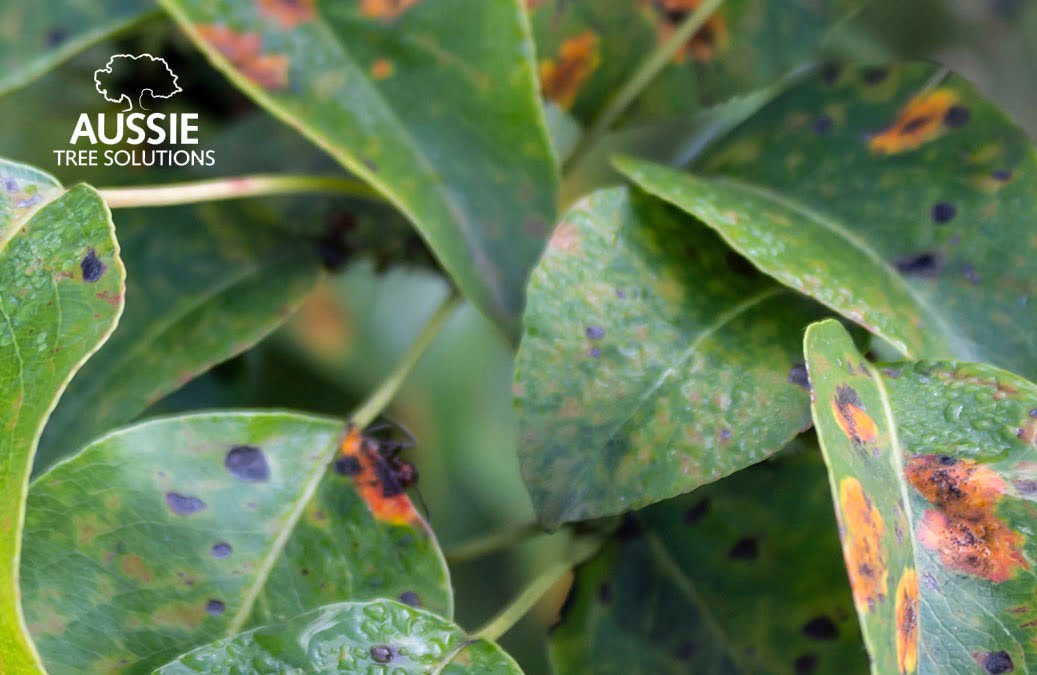Like any living organism, trees are susceptible to pests and disease that can threaten their survival. Often caused by different types of fungi, bacteria and viruses, these conditions can result in a range of detrimental symptoms and even death. Identifying the most common tree diseases and pests most likely to infest your trees, as well as understanding effective treatment options and prevention strategies is key to maintaining the health of your trees. Let’s take a look at our top 7 offenders.
1. Root Rot
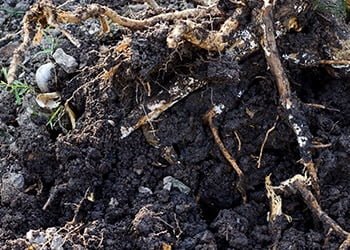
Root rot is a very common tree disease caused by fungi that infects the roots of trees and plants and as the name suggests, causes the roots to rot. If root rot is left untreated, it can at best stunt the growth of your tree and at worst, kill your tree.
2. Myrtle Rust
Myrtle rust is a fungal disease that mainly affects plants from the myrtaceae family, including Australian native species such as the bottlebrush, tea tree and eucalyptus. This disease prevents new growth, weakens the immune system of the tree, and can ultimately kill the tree. Myrtle rust causes symptoms such as stem and leaf deformities and defoliation. Look for brown or grey spots with reddish halos on leaves, flowers and fruit and yellow spores. Myrtle rust is highly infectious and easily transmittable through wind, water, clothes and equipment so must be treated carefully.
3. Peacock Spot
Peacock spot is a disease that affects olive trees all over the world. It is caused by a fungal pathogen which can result in blemished fruit, delayed fruit ripening, stunted growth and can damage the tree’s overall health for a long time after initial infection. Peacock spot can be identified by its dark, sooty blotches on leaves with a yellow halo. Treatment usually involves spraying the tree with a copper compound.
4. Pink Disease
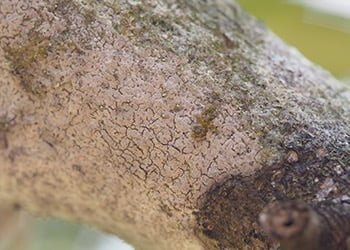
This tree disease is known to infect a range of citrus and woody trees. When this disease infects a tree, it grows in its bark and make it swell and split and the tree can eventually die. This process is accelerated by humidity and rain which is why it is most prolific in tropical regions.
This disease is mainly found in Queensland, New South Wales and the Northern Territory. You may notice white mycelium on branches or orange and pink spores.
5. Cypress Canker
Cypress canker is a water-borne infection caused by fungi. Deep red, brown or black cankers appear on branches and of the tree and cause them to die rapidly – there have been reports of this happening within 24 hours. Once one branch has died, the fungi releases spores that infect other healthy branches. They cycle is then repeated until the whole tree dies and other nearby trees are targeted. If treated quickly by cutting off the affected branches this disease is easily managed, but if left untreated it can kill multiple trees relatively quickly.
6. Citrus Gall Wasp
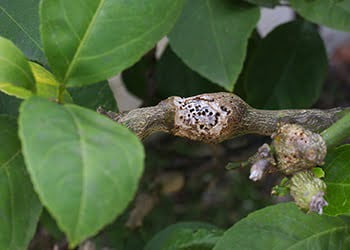
Citrus gall wasp is a pest that invades citrus trees, weakening the tree and damaging fruit production. These insects lay their eggs on the branches of the tree, causing the branches to swell and bulge. These pests must be dealt with quickly to stop the infection spreading across the entire tree.
7. Emerald Ash Borers
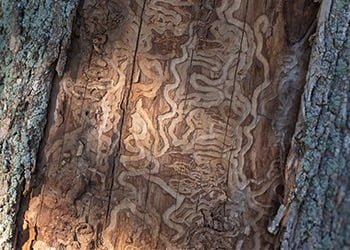
Emerald ash borers are small beetles that can cause significant damage to your tree if they aren’t swiftly dealt with. The beetles target the bark of the tree and bore holes, then create tunnels inside the tree, causing severe destruction. If you notice small holes in bark, leaf discolouration and dying branches in your ash trees, it could be a sign these little critters are present and need to be eliminated fast.
Preventing Tree Diseases And Pests
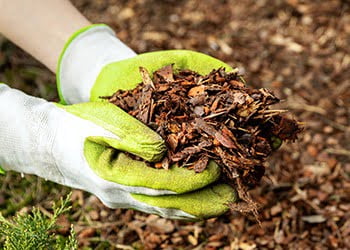
As with most things, prevention is generally better than cure. Here are our top tips for how to best prevent tree diseases and pests invading your backyard:
- Regular pruning
- Add mulch
- Plant native trees and plants
- Don’t overwater
- Ensure there is good drainage
- Regular inspections for changes or abnormalities
- Consult with an Arborist
- Clean up grass clippings and green debris to prevent the spread of pests and disease
Consult With Your Local Arborist
If you’re at all unsure if your tree has one of the diseases or pests listed here or if you just want your tree to have a check-up from a tree expert – give your local, trusted Arborist a call for optimum tree health. An Arborist will be able to quickly identify any issues with your trees and provide you with comprehensive and effective treatment options, to give your tree the best chance of survival.
Give your trees the very best care and speak to the friendly team at Aussie Tree Solutions today. Our team has been providing expert tree care and maintenance services for over forty years – from tree pruning and removals to stump griding and consulting arborist services – we’ve got the solution for all your tree care problems.

